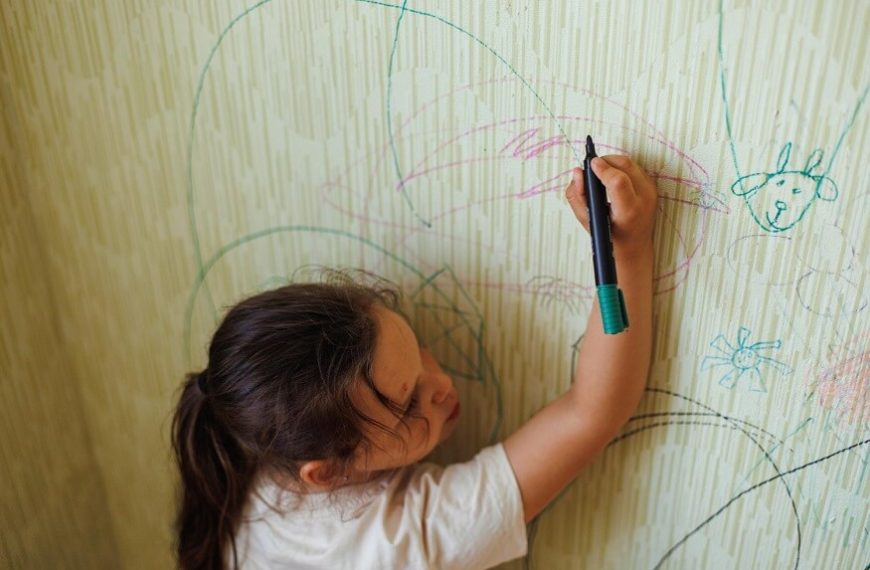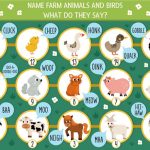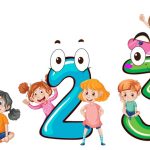Drawing, Scribbling, and Writing: Activities for Children
During these formative years, it is crucial to foster a child’s creativity and motor abilities because childhood is a time of wonder and exploration. Drawing, sketching, and writing exercises are some of the best ways to accomplish this. These exercises help children develop important abilities while also encouraging their imagination. In this post, we’ll explore the importance of these activities and offer a plethora of suggestions for stimulating your child’s imagination.
The Importance of Drawing, Scribbling, and Writing
- Developing Fine Motor Skills
Drawing and scribbling activities are essential for a child’s early development since they help children hone their fine motor abilities. Fine motor abilities, which make use of the tiny muscles in the hands and fingers, are crucial for carrying out routine tasks with accuracy and control. These abilities serve as the foundation for a variety of tasks in a child’s life, such as holding objects and tying shoelaces, buttoning clothes, and even future neat writing. Children have a special opportunity to exercise and build these little muscles when they sketch and scribble. A youngster is essentially training their hand muscles to cooperate well when they hold a crayon or a pencil and try to draw shapes, lines, and patterns on paper. Through this process, children learn to direct their hand movements according to what they want to draw or convey, which not only fosters dexterity but also enhances hand-eye coordination.
- Encouraging Self-Expression
Children can express themselves freely and unleash their inner universe via artistic endeavours like sketching and scribbling. The fact that these games give kids a non-verbal means of communication, especially at a young age when their language skills may still be developing, is one of the activities’ outstanding features. Children start a path of self-expression that goes beyond words when given a blank canvas or piece of paper and a set of vibrant crayons.They have the ability to translate their feelings, ideas, and experiences into written narratives that reveal a great deal about their inner selves. Children can communicate with others while also exploring and comprehending their own feelings and experiences through the process of self-expression through art. They could unintentionally express their joy, sadness, enthusiasm, or anxieties when they doodle or draw. Insights into children’s emotional states can be gained through looking at their artwork, which enables parents and other carers to have fruitful talks and provide help as needed. This self-awareness, which is developed through artistic expression, is an essential element of emotional development because it enables kids to successfully negotiate the difficult emotional terrain and develop resiliency.
- Boosting Cognitive Development
Young children’s writing and drawing exercises are more than just artistic pursuits; they are effective cognitive growth stimulants. These creative activities require a variety of complex cognitive processes that are essential to a child’s intellectual development. A youngster, frequently without even realising it, sets out on a path of decision-making and problem-solving when they sit down to draw or write.The first step is for kids to decide what they want to produce. Each option calls for children to use their imaginative and creative thinking skills, whether it be a whimsical fairytale character, a colourful scenery, or a straightforward alphabet letter.This choosing process helps kids to draw from their personal ideas and preferences to make decisions, developing their capacity for critical and independent thought. Children start by selecting a subject and then begin to plan how to carry out their idea. They must consider the composition, the layout of the various parts on the page, and how best to express their ideas. As adolescents learn to systematically arrange visual data, this stage of planning develops their spatial awareness. By experimenting with various angles, sizes, and ratios, they can hone their analytical and inventive problem-solving skills.
- Enhancing Language Skills
Even at a young age, getting kids involved in writing activities opens doors to the fascinating world of language. They start their journey of linguistic exploration as soon as they take up a pencil or crayon and make an effort to copy the letters and forms.They become acquainted with the basic linguistic units as they make letters, which helps children understand how individual letters combine to form words. The groundwork for literacy is laid by this early exposure to letters and their sounds. Additionally, children’s vocabulary organically grows as they move from learning individual letters to connecting them together into words and sentences. They start to identify well-known terms, link them to their definitions, and progressively understand how written language carries ideas and thoughts. A crucial step towards future proficiency as readers and writers is this progressive evolution of the language.
- The Magic of Scribble Art
A toddler’s first foray into the world of artistic expression begins with scribbling, and it is one of unlimited curiosity and ingenuity. Giving a youngster a piece of blank paper and a selection of colourful crayons gives them the opportunity to use their creativity without being constrained by rules or limitations. It’s a pure form of self-expression in which each stroke—no matter how seemingly random—is a special representation of the artist’s feelings and thoughts. Toddlers gain confidence in their instincts and a greater appreciation for the pure joy of making something that is uniquely their own through this process. By encouraging this uninhibited drawing, you help children develop their artistic confidence and independence, providing the foundation for a lifetime of enjoyment of creativity and self-expression.
Activities like scribbling, writing, and drawing are more than just games for young kids. They are essential to their general development because they foster their creativity, fine motor coordination, and cognitive ability. Additionally, these activities encourage self-expression and improve linguistic abilities. In order to support your child’s development, you as a parent play a critical role in promoting and facilitating these activities.So take advantage of the chance to see your child’s creativity blossom as they enjoy the simple pleasures of doodling, drawing, and writing. Every crayon mark, every letter created, is a step in the direction of a better tomorrow. Give your child the gift of artistic expression by embracing the beauty of early discovery and creation. Visit Eurokids today.
















